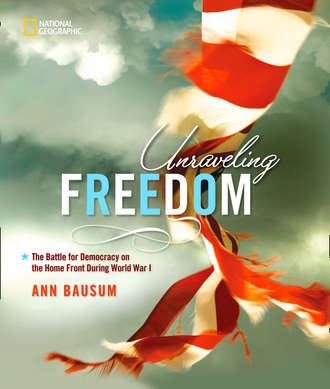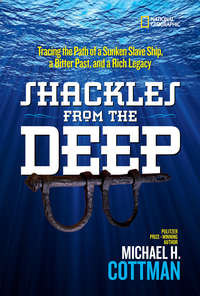Unraveling Freedom: The Battle for Democracy on the Homefront During World War I

Полная версия
Unraveling Freedom: The Battle for Democracy on the Homefront During World War I
Язык: Английский
Год издания: 2019
Добавлена:
Настройки чтения
Размер шрифта
Высота строк
Поля
Конец ознакомительного фрагмента
Купить и скачать всю книгу








